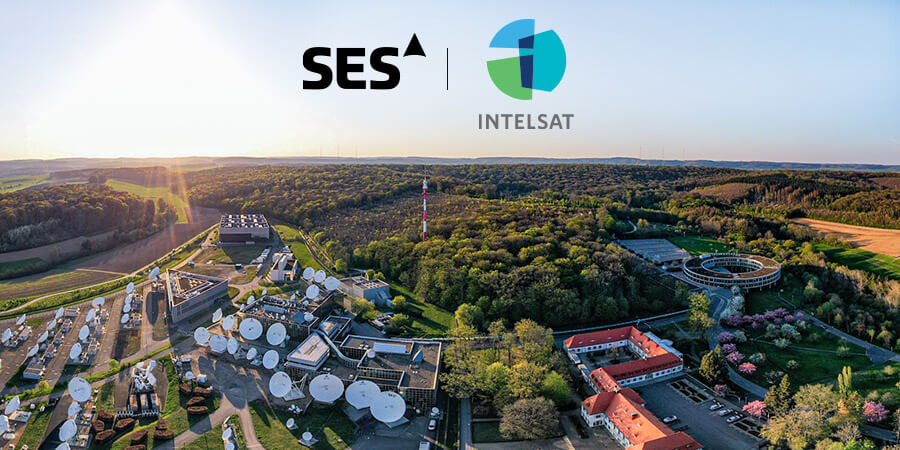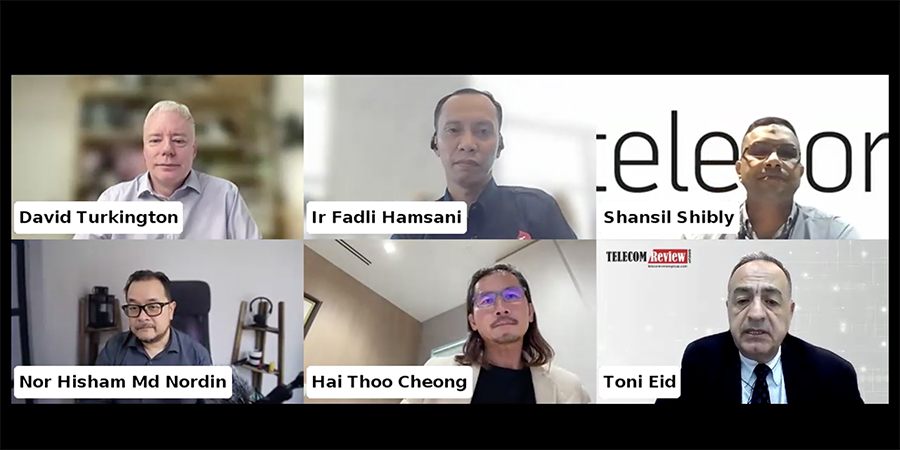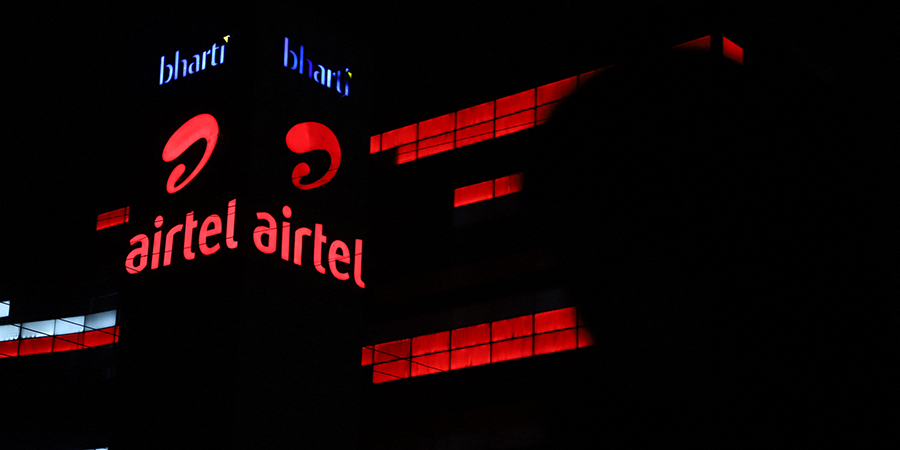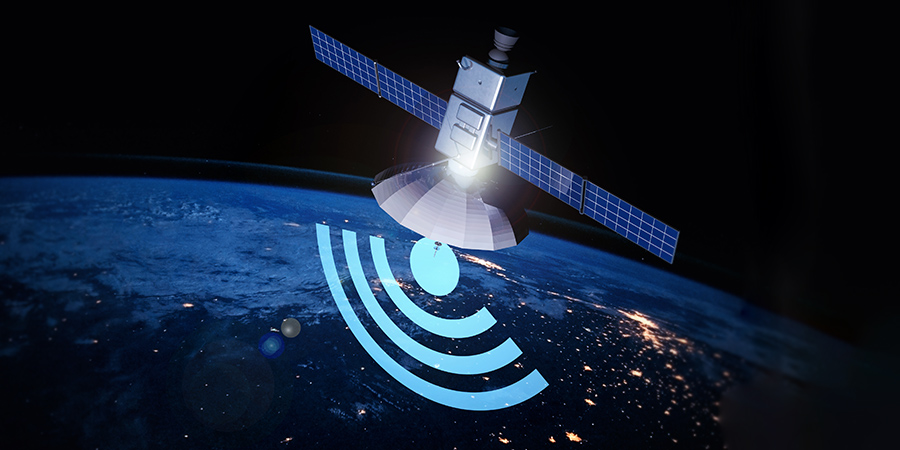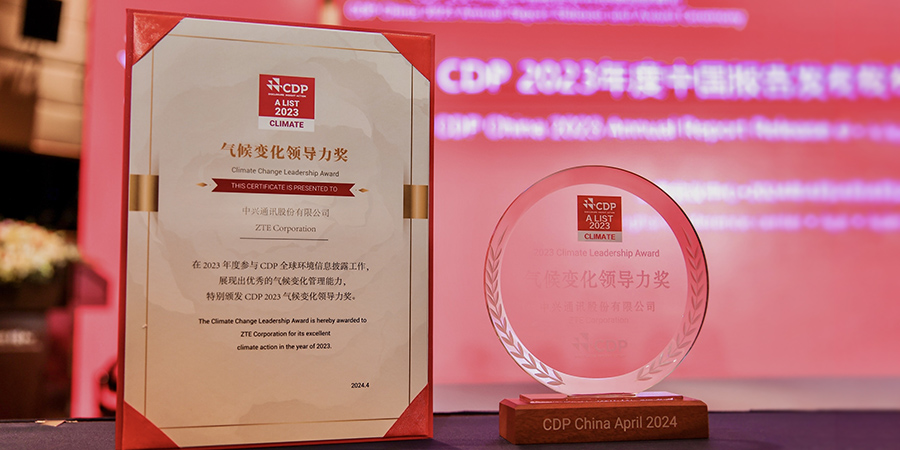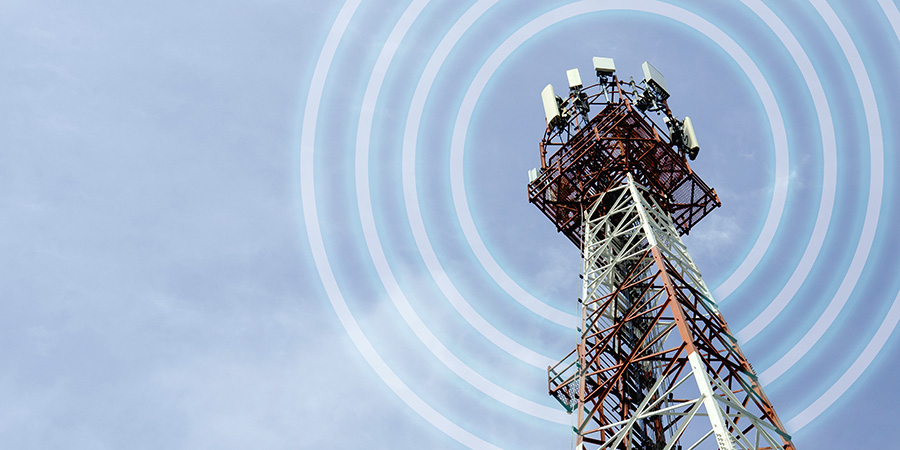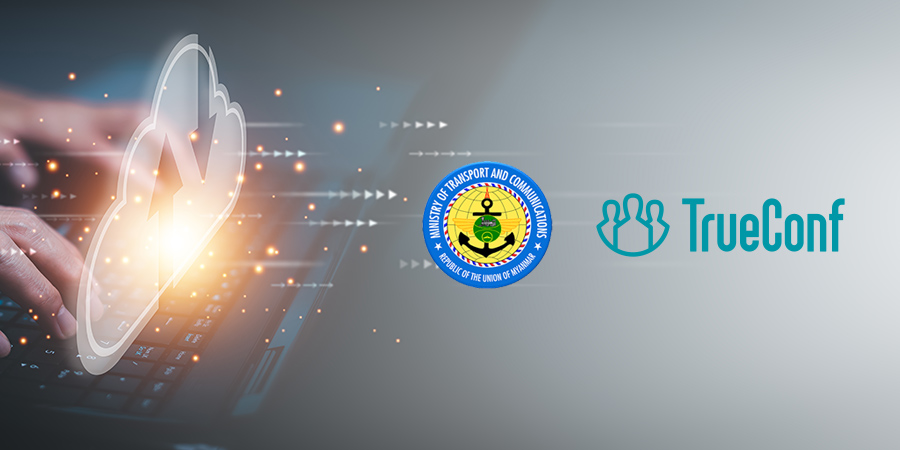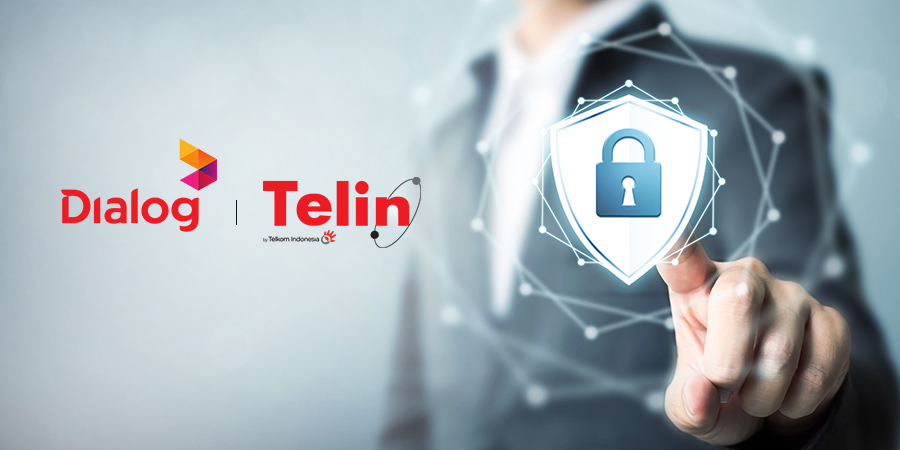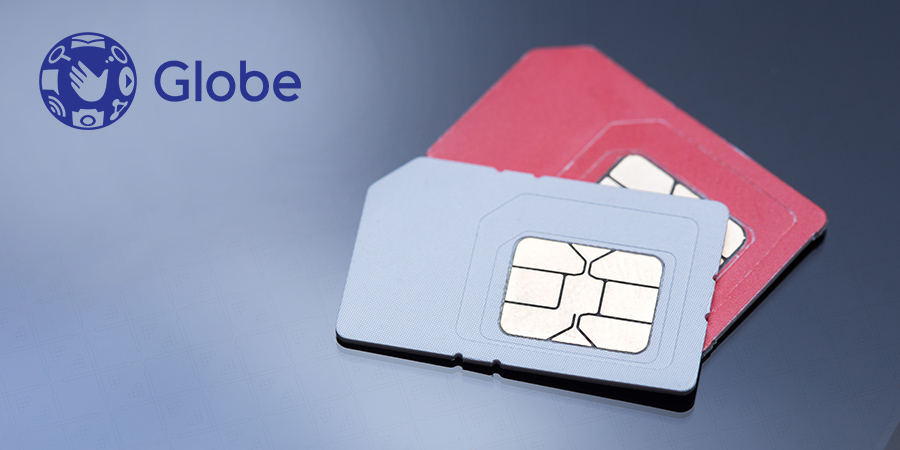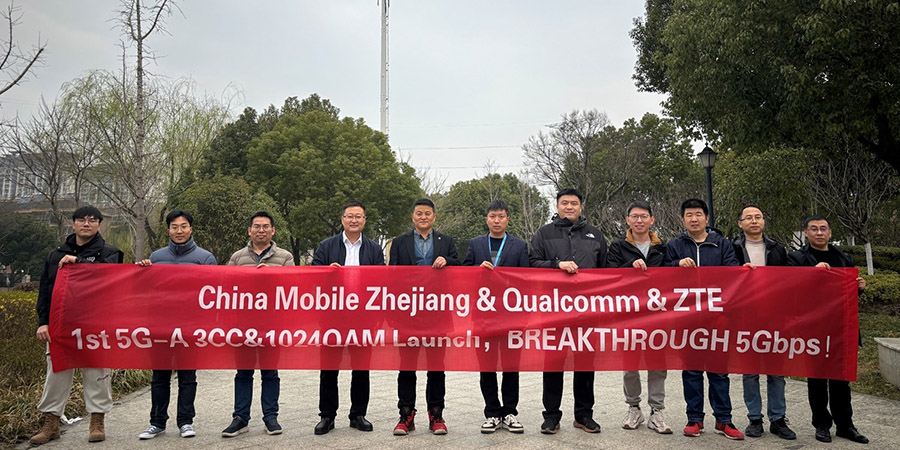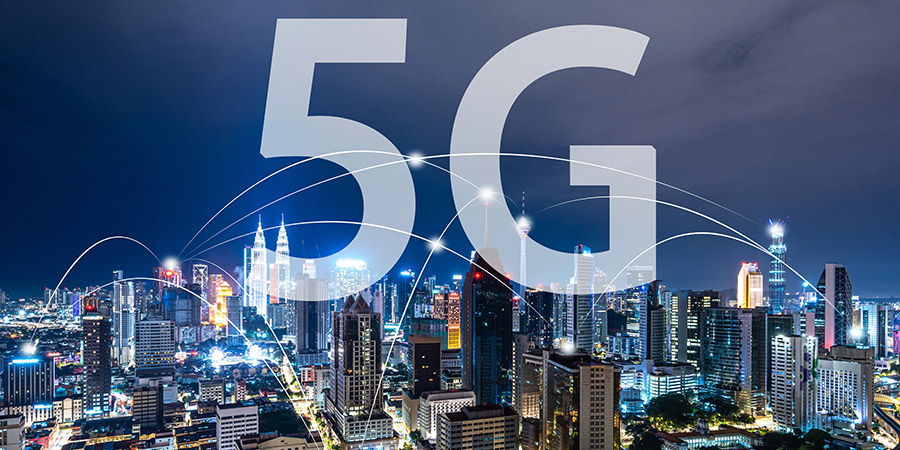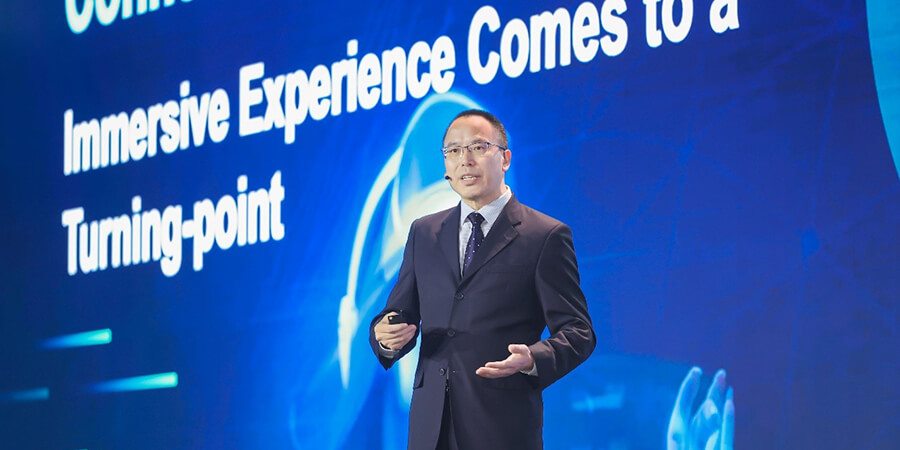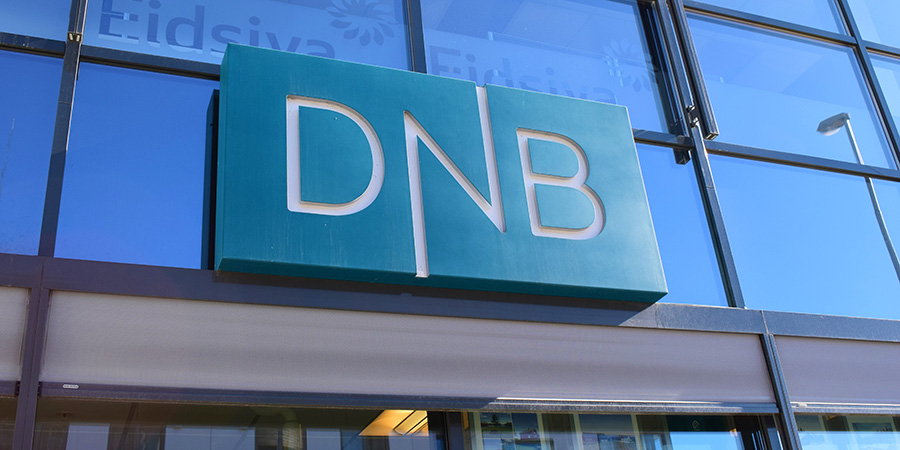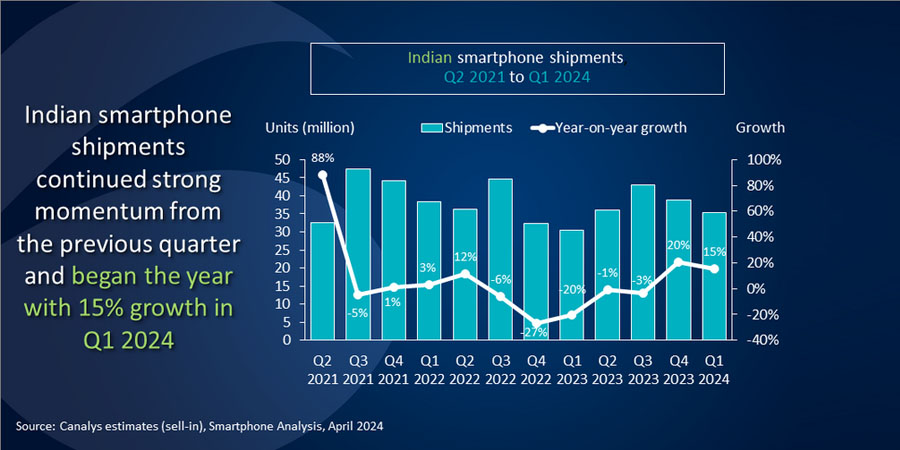During the 2023 Global Mobile Broadband Forum (MBBF 2023), Huawei's President of Wireless Solution, Cao Ming, introduced the inaugural comprehensive suite of solutions for 5.5G in the industry. Cao emphasized the timeliness of 5.5G in facilitating new experiences, connections, and services.
He underscored that Huawei's complete range of 5.5G solutions would empower operators to provide a tenfold increase in capabilities across various scenarios, while enhancing energy efficiency, spectrum utilization, and operational efficiency to an ultra-high degree.
5.5G is Elevating the Mobile Connectivity
In just over four years, 5G has seen rapid commercial expansion, outpacing the growth rate of its predecessors in the mobile technology realm. This widespread adoption of 5G is fueling the digital economy's expansion, ushering in a diverse range of novel experiences, connections and services. 5G has, in essence, unlocked a realm of immersive possibilities for both individuals and households, while extending the reach of IoT connections to every conceivable scenario. Moreover, it has found its place at the core of production processes, empowering flexible manufacturing and expediting the deployment of vehicle-to-everything (V2X) services for intelligent transportation.
With impeccable timing, 5.5G has emerged as the solution to enhance connectivity for people, residences, devices, automobiles and industries. Huawei's comprehensive suite of 5.5G solutions is well-equipped to assist operators in the efficient construction of 5.5G networks, thanks to continuous innovations across five fundamental capability categories: broadband, multi-band, multi-antenna, intelligent technologies, and environmentally sustainable practices.
5.5G Products: Unlocking Tenfold Capabilities
Here's a breakdown of the benefits that 5.5G brings to the table:
- Enhanced Experiences with TDD Multi-Band Multi-Channel ELAA:
TDD multi-band multi-channel ELAA, offering 10 Gbps experiences, has notably improved TDD coverage and energy efficiency in 5G networks. As 5.5G emerges, ELAA undergoes further enhancements. The debut of the industry's first 128T MetaAAU, with 500+ antenna elements and advanced beam algorithms, elevates user experiences by 50%. The upgraded ELAA enables the first dual-band 64T MetaAAU, fostering co-coverage between high and low bands and delivering unmatched 5 to 10 Gbps experiences with multi-carrier solutions.
- Elevating Basic Experiences with FDD Full-Series GigaGreen:
The pioneering FDD triple-band Massive MIMO and triple-band 8T modules offer gigahertz-level bandwidth, encompassing 1.8+2.1+2.6 GHz in a single unit. They collaborate with FDD beamforming to significantly boost spectral and energy efficiency. Compared to 4T4R, FDD triple-band Massive MIMO increases capacity by tenfold and coverage by 10 dB, while FDD triple-band 8T8R triples spectral efficiency and enhances coverage by 7 dB when combined with wideband and dynamic power sharing.
- Continuous 10 Gbps Coverage with mmWave AAU:
The mature mmWave industry has introduced the first mmWave AAU with 2,000+ antenna elements. This AAU surpasses mmWave limitations, enabling peak throughputs of 10 Gbps (average 5 Gbps) through high-low band coordination. It offers intelligent beam management, mitigating mmWave constraints related to high-speed mobility and non-line-of-sight (NLOS) transmission.
- Indoor 5.5G with DIS Performance Improvement and Energy Savings:
The LampSite X series consolidates five bands, including mmWave, in a single unit, ensuring complete bandwidth support for all radio access technologies. Its super deep dormancy reduces off-peak power usage to a mere 1 Watt. The distinctive multi-band medium-power LightSite module significantly enhances user experiences with a 35% improvement and lower total cost of ownership (TCO) compared to standard distributed antenna system (DAS) solutions, especially in settings like underground parking areas.
- Ongoing Antenna and Microwave Innovations for Efficient 5.5G Construction:
Green antennas use SDIF for antenna architecture and meta Lens for beam energy aggregation, yielding a 25% energy efficiency boost. Microwave innovation brings the MAGICSwave platform to enhance transport networks with ultra-wide multi-channel transmission, elevating backhaul efficiency. MAGICSwave provides increased capacity in urban areas and extended transmission reach in suburban regions, with high integration for future network evolution.
Efficient and Intelligent 5.5G for Enhanced Network Performance
In the world of 5.5G, iHashBand2.0 Spectrum Pooling is a game-changer. It redefines how multi-band spectrum is used. Through serving cell (MB-SC), it allows for the flexible combination of disconnected spectra to create a virtual large bandwidth. This innovation enables speeds of 10 Gbps while achieving an impressive 40% increase in spectral efficiency. Flexible spectrum access (FSA) further supports versatile full uplink band access, enhancing uplink capabilities to the Gbps range with a 40% boost in spectral efficiency.
To ensure optimal energy efficiency in 5.5G networks, the concept of "0 Bit 0 Watt" has been introduced. This concept is supported by a full range of equipment, making it an industry first. It embraces super deep dormancy with a shutdown depth of 99%, on-demand rapid wake-up, and millisecond-level shutdown at both carrier and channel levels. Site solutions also facilitate intelligent coordination between power supplies and equipment, ensuring "0 Bit 0 Watt" at the site level. Additionally, the iPowerStar feature allows for the implementation of site-specific energy-saving policies based on traffic patterns at different times of the day, helping achieve "0 Bit 0 Watt" at the network level.
As 5.5G networks evolve to encompass more bands for an extended range of services and connections, IntelligentRAN is stepping up to support this transition. It introduces L4 intent-based intelligence, enabling predictive and preventive measures to replace reactive network operations and maintenance (O&M) with proactive methods. With this approach, networks become aware of service intentions, resulting in more deterministic experiences. Moreover, multi-objective decision-making is supported to optimize both service experiences and network energy efficiency.
Cao concluded by saying, "The future is here. Huawei is committed to collaborating with industry partners to innovate and bring 5.5G to reality."





